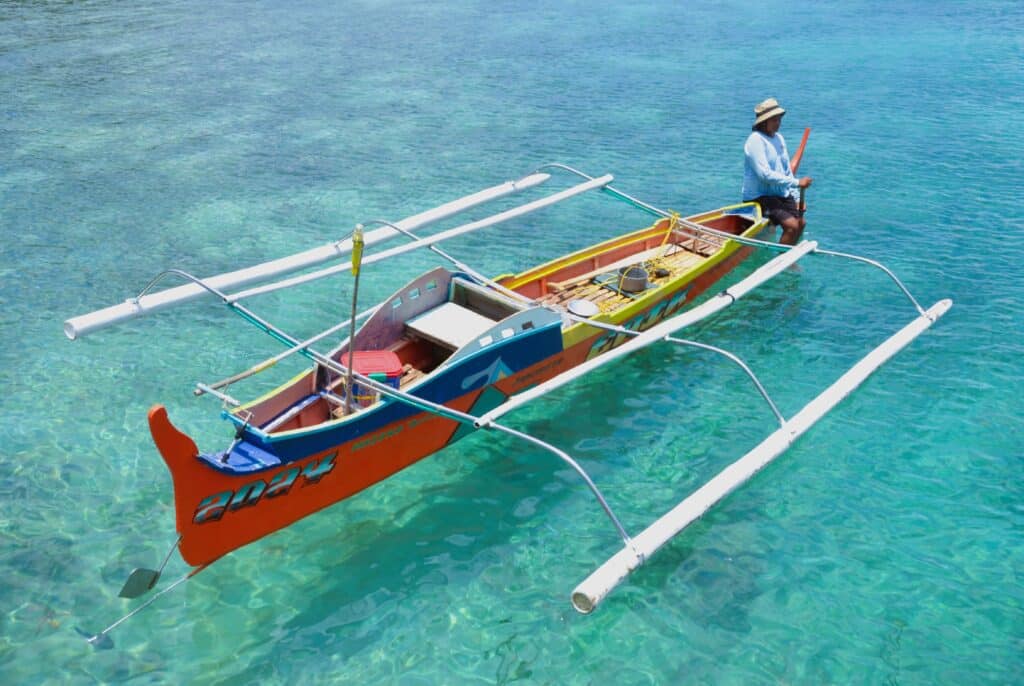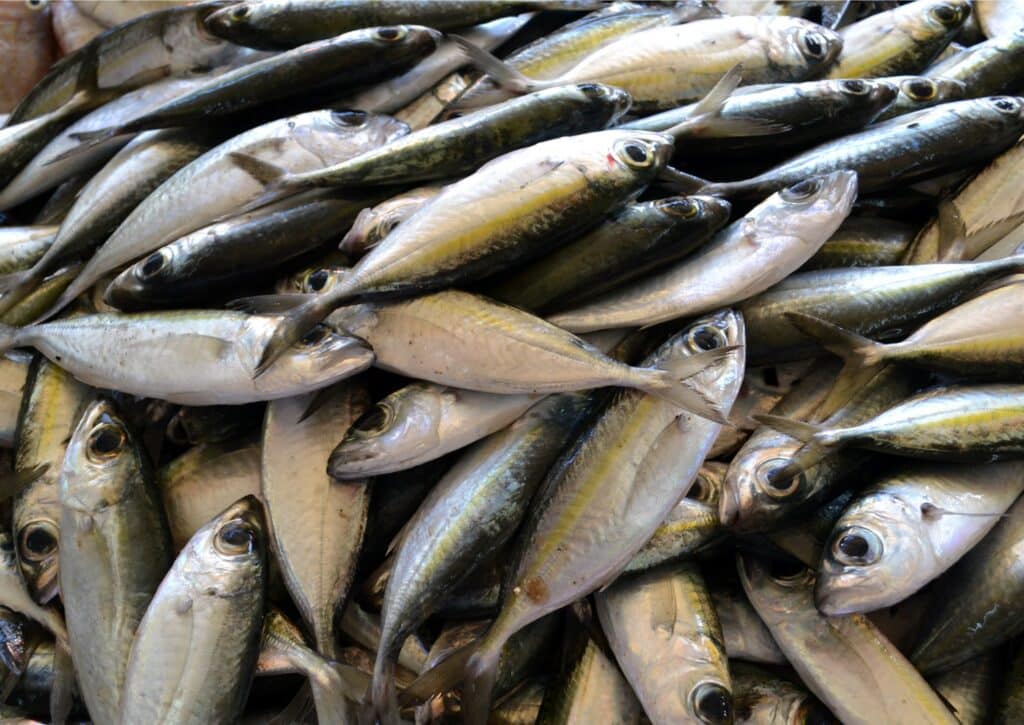As we get older, we also gain weight. Of course, we also face several health problems like hypertension and diabetes.
Doctors advise us to lessen our meat intake. They recommend eating more vegetables and fruits. If possible, pork, beef, and chicken should be eaten sparingly. If it can’t be avoided, fish is a better source of protein.
But the sad thing these days, the prices of fish are getting higher. The reason: we are running out of fish and running out of time. For a country known for marine biodiversity, there are very few fish left to catch.

Jethro P. Adang, the director of Mindanao Baptist Rural Life Center (MBRLC), a non-government organization based in Davao del Sur, agreed. “Like the other vital resources such as forests, Philippine fisheries are about to collapse,” he pointed out.
Unfortunately, fish shortage is happening in almost all parts of the Philippines.
Davao Gulf, the 10th major fishing ground in the country, is a critical resource supporting the economies of six coastal cities and 24 coastal municipalities in Davao region.
But since 2000, the volume and quality of the fish in the Davao Gulf have been found to be in constant decline, according to a study conducted by Kuala Lumpur-based World Fish Center.
Except for maya-maya, the harvest numbers for the other nine species have been falling. At the current rate of decline, the caraballas, bilong-bilong, molmol, and danggit may all disappear completely from Davao Gulf within a decade, the study said. The matambaka, tamban, and moro-moro are more resilient, but even they may disappear within a generation, it added.
The national office of Bureau of Fisheries and Aquatic Resources (BFAR) attributes the decline of fish catch in the country partly to destruction of the coastal zones, which encompasses approximately 17,000 kilometers of coastline. It includes mangrove forests, tidal flats, estuaries, island ecosystems, seagrasses, coral reefs and beaches.
The rising number of Filipinos has contributed to the destruction of the country’s coastal ecosystems.

“The continuing increase in population is due to relatively high fertility rates of Filipino women which is 3 children on average; however, 11 of the 17 regions show higher fertility rates than the national average,” said a report by the state-run Philippine News Agency.
As a result of the rapid increase of population, there are too many mouths to feed. “Life in the Philippines is never far from the sea,” wrote Joan Castro and Leona D’Agnes in a report published by the Population Reference Bureau. “Every Filipino lives within 45 miles of the coast, and every day, more than 4,500 new residents are born.”
Result of too many people: overfishing. “Overfishing is the primary cause of dwindling fish populations,” writes Peter Weber in his report, Net Loss: Fish, Jobs and the Marine Environment.
As fish become scarce, only those moneyed people can afford to buy them. When there are too many people who demand fish and the supply is limited, the price automatically goes up. That’s what the law of supply and demand is all about.
In 2015, a study released by the Worldwide Fund (WWF) considered climate change as “one of the main reasons for the decline of marine species in the last 30 years.”
Climate change, caused by increasing emissions of greenhouse gases, particularly carbon dioxide, is causing the average temperature of the Earth’s atmosphere to increase. As the air temperature rises, oceans absorb some of this heat and become warmer.
“Climate change is already having a profound effect on life in the oceans,” the US National Oceanic and Atmospheric Administration (NOAA) says. “Marine species tend to be highly mobile, and many are moving quickly toward the poles to stay cool as the average ocean temperature rises.”
As fish catch has been dwindling in the open seas, people are now raising fish. And it is booming as it has an edge over its competitors – the pork, chicken and beef industries. “Fish farming is more efficient,” said Hal Kane, a staff researcher of the Washington-based Worldwatch Institute.
Growing a kilogram of beef in the feedlot typically takes seven kilograms of feed. And although chicken is the most efficient of the land-raised meats, it still takes an estimated 2.2 kilograms of feed to yield a kilogram of chicken.
But fish farming shares many of the problems of the livestock and poultry industries, according to Kane. Each depends on the same inputs – feed, water and land – to grow its produce.
“For aquaculture, the required land is often expensive coastal, lakefront, or riverfront property. There is competition for the grain used for feed, which could go instead to human consumption,” Kane said.
As with other meats, farmed fish produce wastes that have to be either dispensed of or used.
Where have all our fish gone?
Text and Photos by Henrylito D. Tacio

